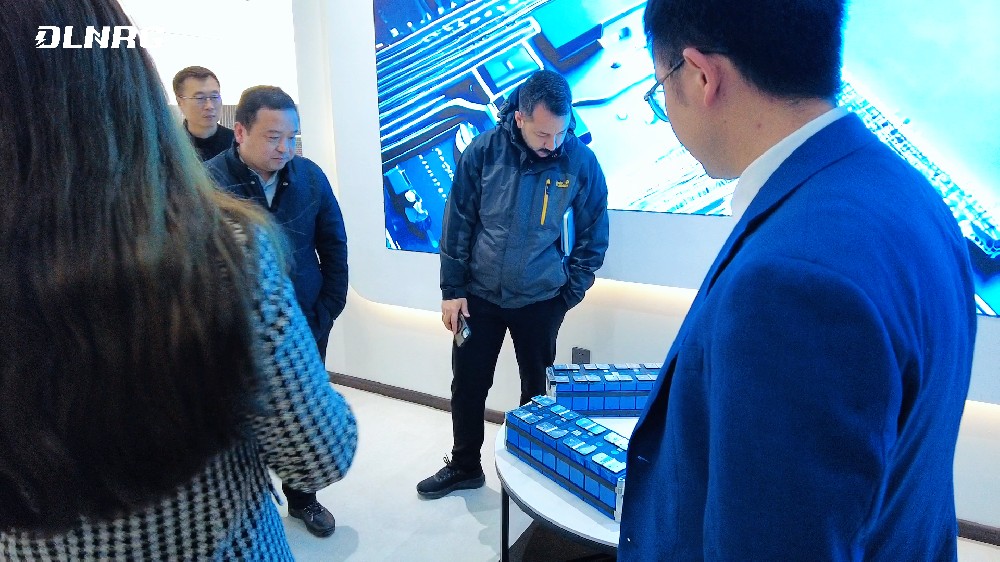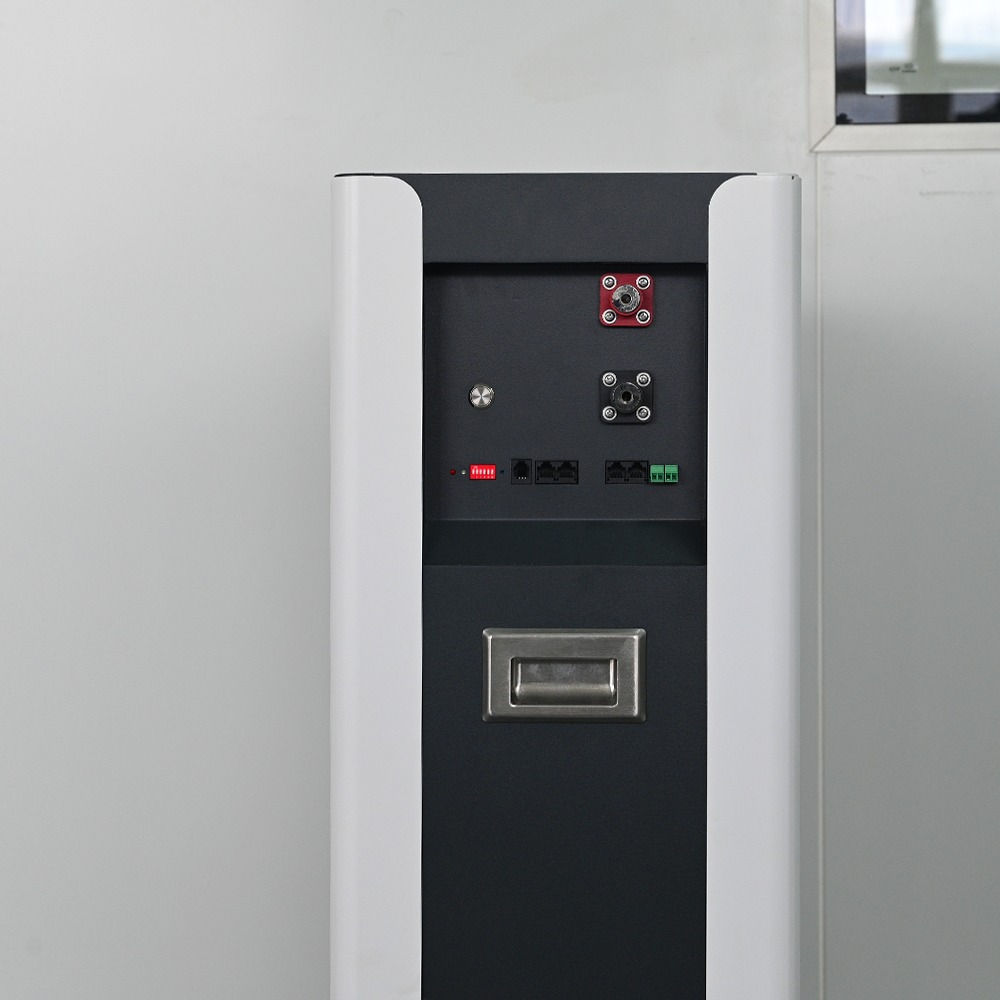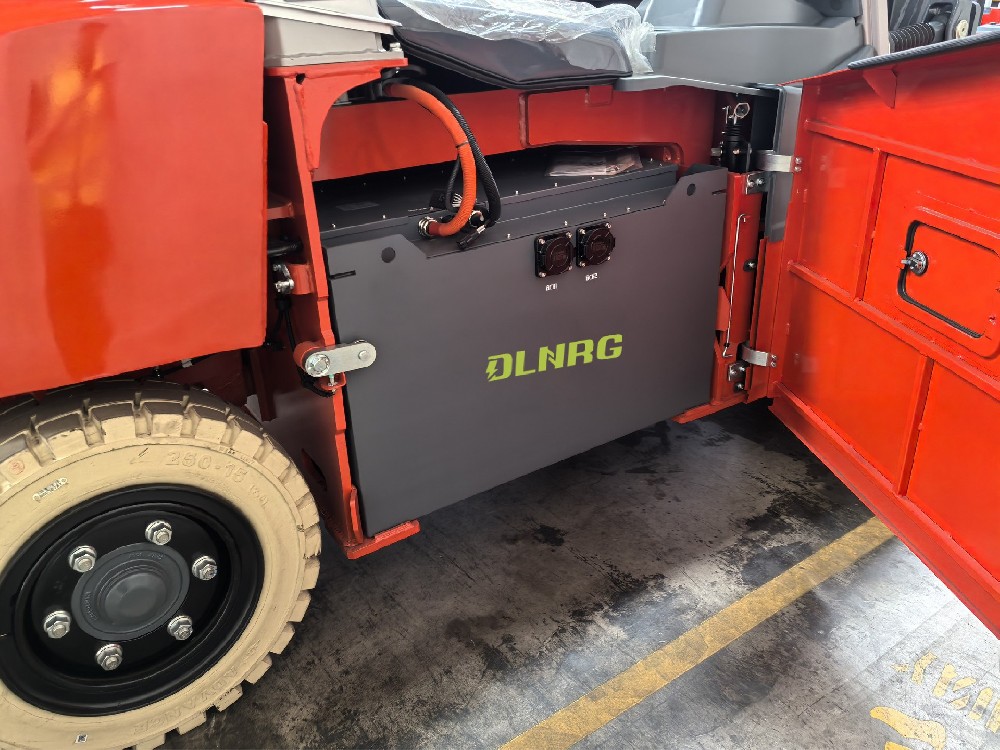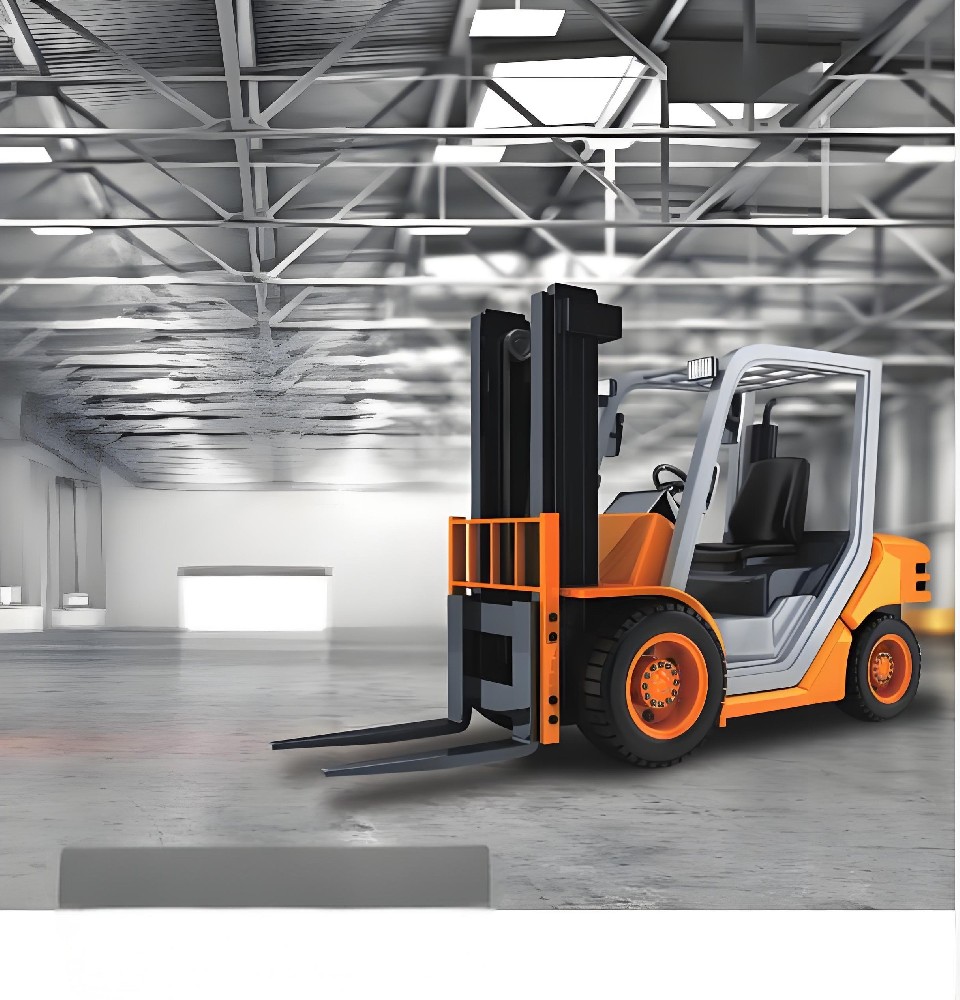Green transformation of lithium forklift batteries: huge potential and broad prospects for the circular economy of lithium batteries
In today's global energy transformation and sustainable development, the forklift industry is undergoing a historic change. Traditional internal combustion forklifts and lead-acid forklifts are gradually being replaced by electric forklifts, especially lithium-ion forklifts. This transformation not only promotes the green transformation of the forklift industry, but also provides broad prospects and huge potential for the development of the circular economy of lithium batteries.
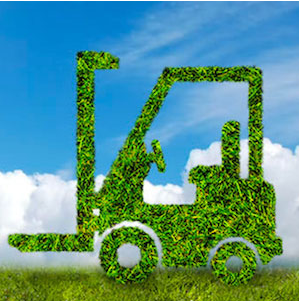
Green advantages of lithium-ion forklifts
Lithium-ion forklifts have become an important driving force for the green transformation of the forklift industry with their environmental protection, high efficiency and low maintenance costs. Compared with internal combustion forklifts, lithium-ion forklifts have no carbon emissions and tail gas emissions, and have significant environmental benefits. Taking a 3-ton counterbalanced forklift as an example, the annual carbon emissions of an internal combustion forklift are 6883.2kg, while the carbon emissions of a lithium-ion forklift are zero, and each forklift reduces carbon emissions by about 6883.2kg per year. In addition, the energy consumption cost and maintenance costs of lithium-ion forklifts are greatly reduced, and long-term use will bring higher economic benefits.
From a technical perspective, lithium-ion forklifts are also superior to lead-acid battery forklifts in terms of operating efficiency, endurance, and service life. The charging life, power efficiency, energy density, and power density of lithium-ion batteries are significantly higher than those of lead-acid batteries, and the charging cost and maintenance costs are significantly lower than those of lead-acid batteries. This enables lithium-ion forklifts to replace internal combustion forklifts in a wider range of application scenarios and meet the needs of high-intensity, long-term operations.
Potential of lithium-ion battery circular economy
With the continuous expansion of the lithium-ion forklift market, the treatment and recycling of waste lithium batteries have become increasingly prominent. However, this just provides a huge opportunity for the development of lithium-ion battery circular economy. Waste lithium batteries contain rich metal elements, such as lithium, nickel, cobalt, manganese, copper, and aluminum, which are valuable resources with extremely high recycling value.
Under the guidance of policies and driven by the market, many companies have begun to actively deploy the field of lithium battery recycling. From battery manufacturers to emerging recycling technology service providers, they have joined this green competition. Through efficient and intelligent lithium battery recycling equipment and technological innovation, waste lithium batteries can be recycled safely and cleanly. This not only solves the problem of environmental pollution, but also realizes the recycling of resources, laying a solid foundation for the development of the circular economy of lithium batteries.
Taking Zhengfang Technology and Greenjie Environmental Protection as examples, they have greatly improved the recycling rate and resource recovery rate of lithium batteries by developing technologies such as smart batteries and lithium battery crushing and sorting systems. These technologies are not only environmentally friendly and efficient, but also have extremely high economic value. The purity of the recycled products is as high as 99% or more, which can be used directly, eliminating the high-energy consumption and high-emission purification steps, greatly reducing production costs.
Broad prospects and sustainable development
Looking to the future, with the further development of new energy vehicles and energy storage industries, the lithium battery recycling market will usher in a broader space. As one of the important areas of lithium battery application, the green transformation of the forklift industry will promote the continuous growth of the lithium battery circular economy. By improving the battery recycling system, improving the level of recycling technology and strengthening international cooperation and exchanges, we can jointly build a green, low-carbon and sustainable future.
In summary, the green transformation of lithium forklift batteries not only promotes the green transformation and upgrading of the forklift industry, but also provides broad prospects and huge potential for the development of the lithium battery circular economy. With the continuous advancement of technology and improvement of policies, we have reason to believe that the lithium battery circular economy will become an important engine to promote global energy transformation and sustainable development.
